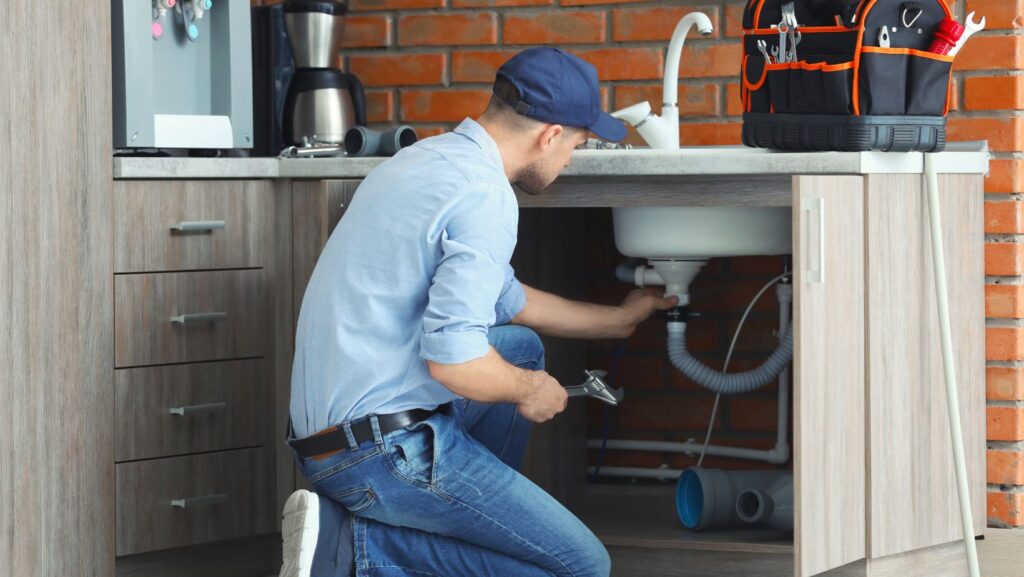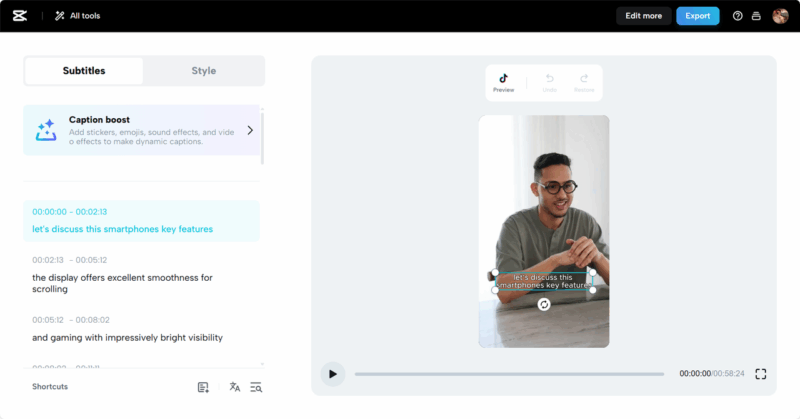
Maintenance of a home consists of many responsibilities, and plumbing is one such field that deserves extra attention. A checklist for plumbing maintenance will help the homeowner keep track of key tasks, discover problems before they become major issues, and save money by averting costly repairs in the process. Regular upkeep of plumbing systems allows one to avoid water waste and also prevents situations that crop up suddenly and tend to paralyze the flow of everyday life. With a recommended structured checklist, homeowners would have taken necessary precautions to make sure their plumbing system remains functional for the rest of the year.
Checking Your Plumbing System
The first step in the construction of an effective plumbing maintenance checklist is an analysis of one’s plumbing system. Get familiarized with the plumbing layout of your home, including water supply lines, shut-off valves, and drainage systems. Note the age of your faucets, toilets, and water heaters; this is because older models need more care compared to new ones. Understand specific information about plumbing so that you will be able to rework your checklist to fit the unique needs of your home. Knowing what you have and in what condition, you are able to prioritize accordingly.
Monthly Maintenance Tasks
Monthly plumbing maintenance should be easy to deal with and target those areas that may actually create problems. The most important activity is checking for leaks around sinks and fixtures. This can save water and avoid further damage that may turn out costly to the owner. Homeowners are also supposed to run the toilets to see that they work as they should.

Additionally, faucet aerators and showerheads cleared for sediment and cleaned raise the water flow and efficiency. In addition, checks for unaccounted use on the water meter reveal leaks. With the small amount of time invested every month, homeowners can identify problems early and keep their plumbing systems better maintained.
Seasonal Maintenance Checks
Seasonal maintenance checks also need to be included in your checklist to ensure your plumbing will handle temperature changes. For example, during the fall, insulation is required for exposed pipes so that they will not freeze during winter. Similarly, drainage and storage of outdoor hoses are required for a homeowner, and further checks on leaks in irrigation systems before the first frost. In the spring, check the sump pump to ensure that it is working properly, particularly if your home is in an area prone to flooding. Also, summer is one of the best times for outdoor faucets and hose connections to be inspected for any wear. Seasonal checks are helpful in preparing the plumbing system against environmental changes, damage, or malfunction.
Professional Inspections
While most of the maintenance tasks can be done by a homeowner, some tasks would need the helping hand of a professional plumber. Professional inspections, therefore, should be included in your checklist at least once every year. A plumber can give your plumbing system a full check for problems that may not be so obvious. That includes inspecting the water heater, determining damage due to corrosion, and determining the quality of pipes. Other services under this include cleaning drains and inspecting sewer lines, which are really important in making sure the structural integrity of your plumbing is upheld. If you ever find yourself dealing with unexpected plumbing emergencies, consider reaching out to a 24/7 emergency plumber in Adelaide.

Adding professional checks to your list will, therefore, be a great value added to your overall home maintenance strategy.
Documentation of Your Activities
A plumbing maintenance checklist is not just a straightforward, ordinary listing of tasks; it also involves documentation. You need to keep a log about when the task was done and what findings or repairs were done. This record can often prove invaluable in trying to track the history of your plumbing system and may even help a plumber diagnose the problem. Records can be much more helpful in keeping a homeowner on point, as it’s easier to keep track and stay informed on plumbing health.
This proactive plumbing maintenance checklist saves homeowners much time and money in the long run. Regular assessment of your plumbing system, monthly and seasonal checks, scheduling professional inspections, and documentation of your maintenance activities will keep your home’s plumbing running with efficiency and effectiveness. Diligence in recordkeeping may go a long way in keeping your plumbing in tip-top shape and avoiding frustrating surprises when repairs are unexpectedly needed.












